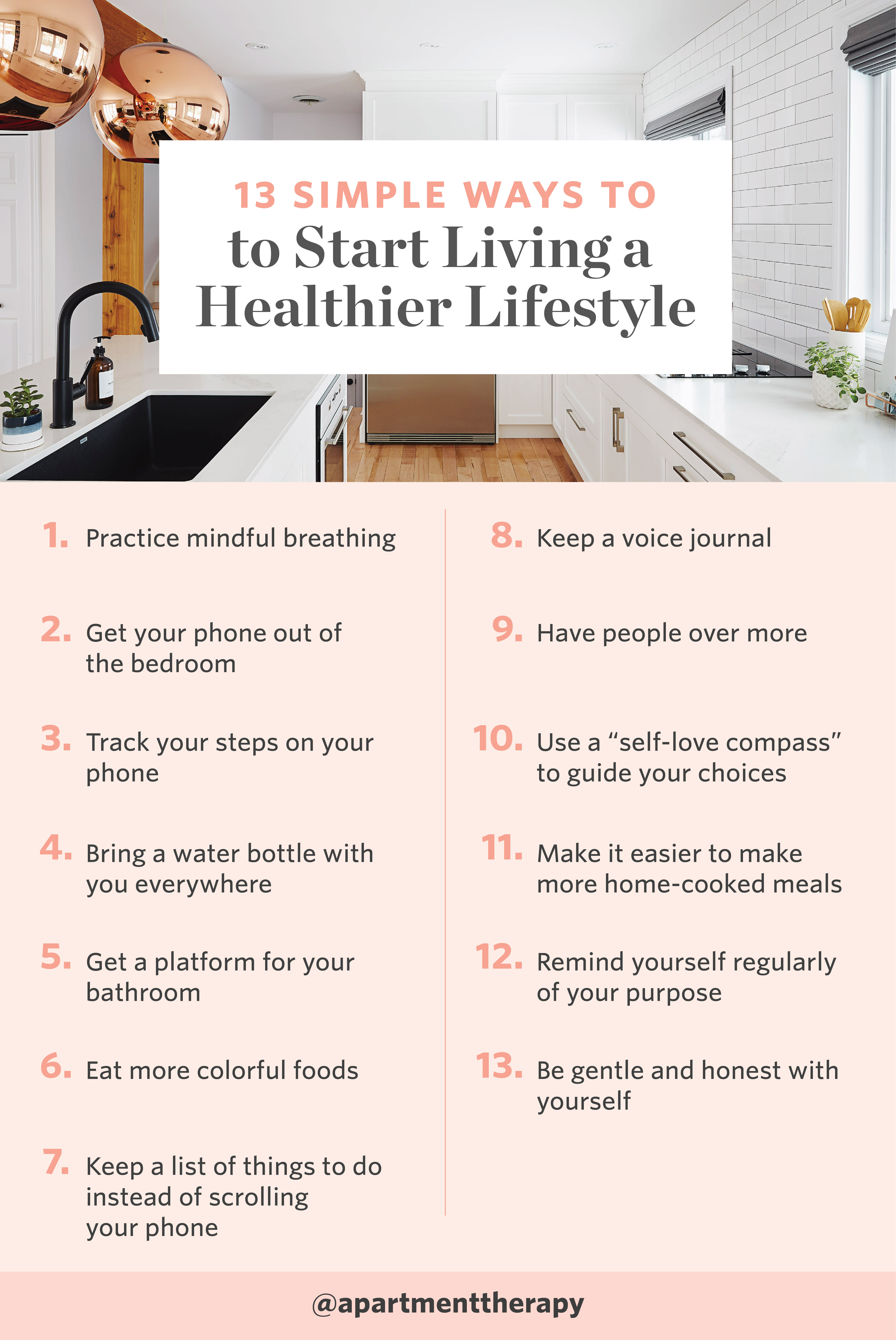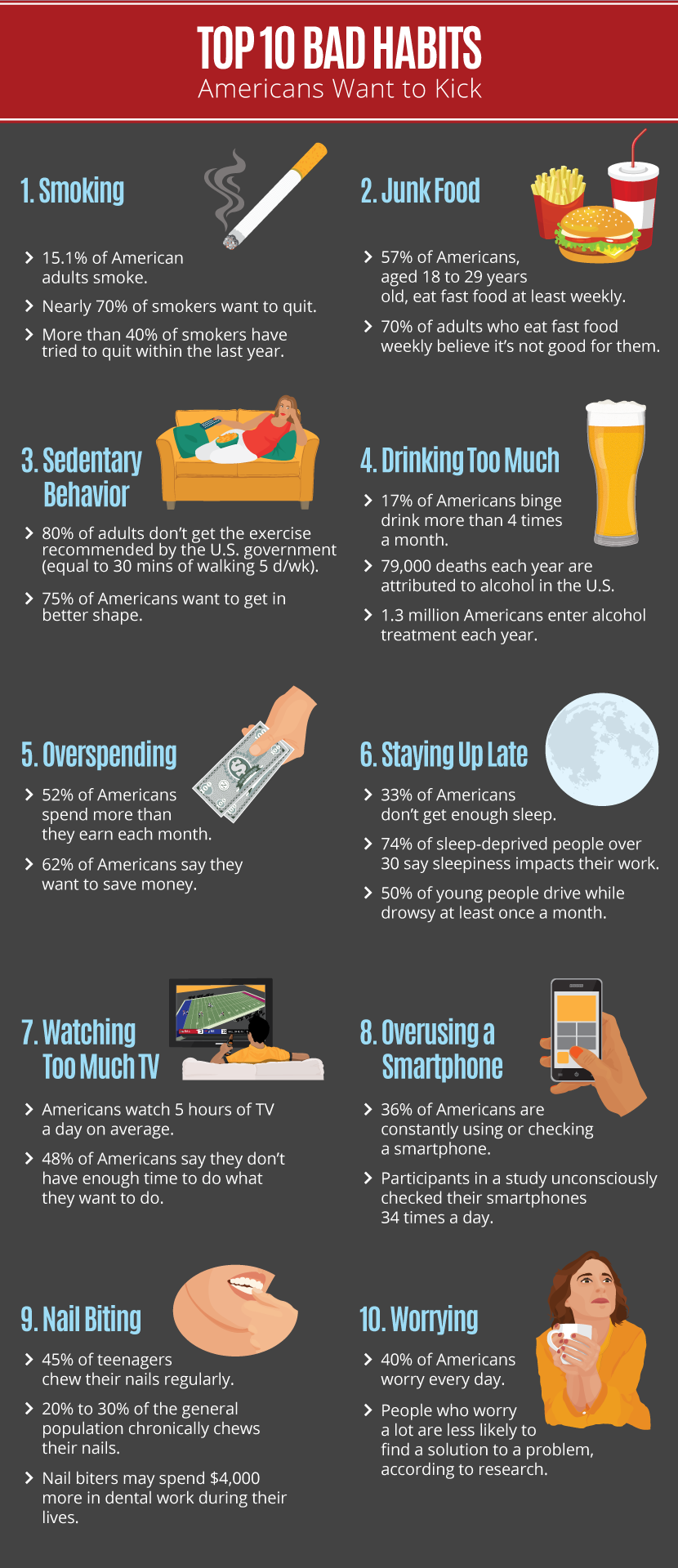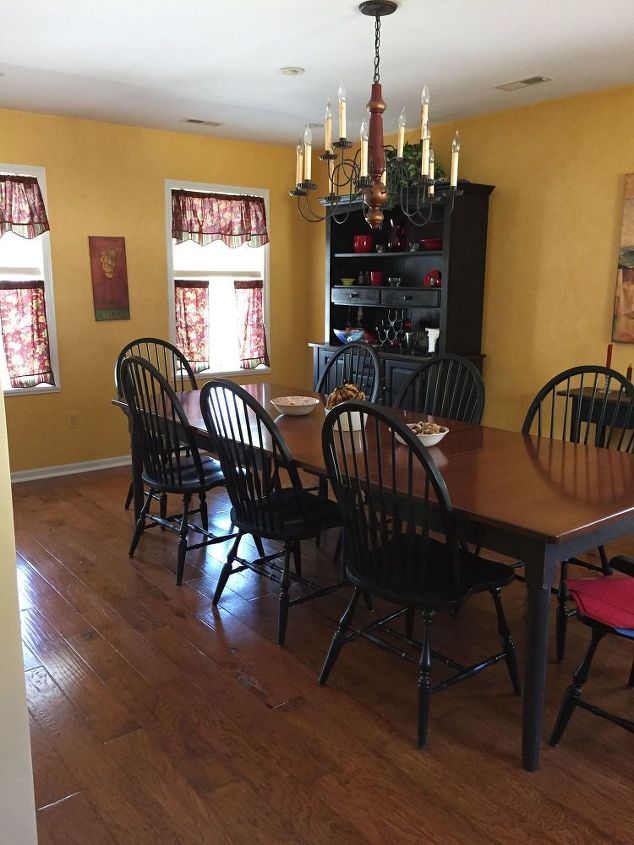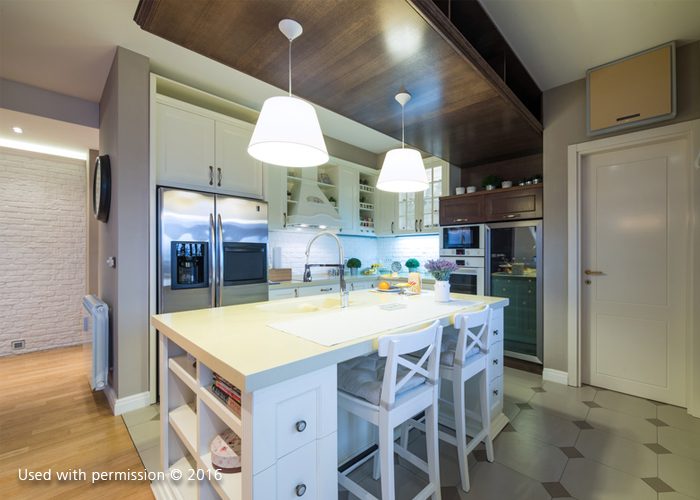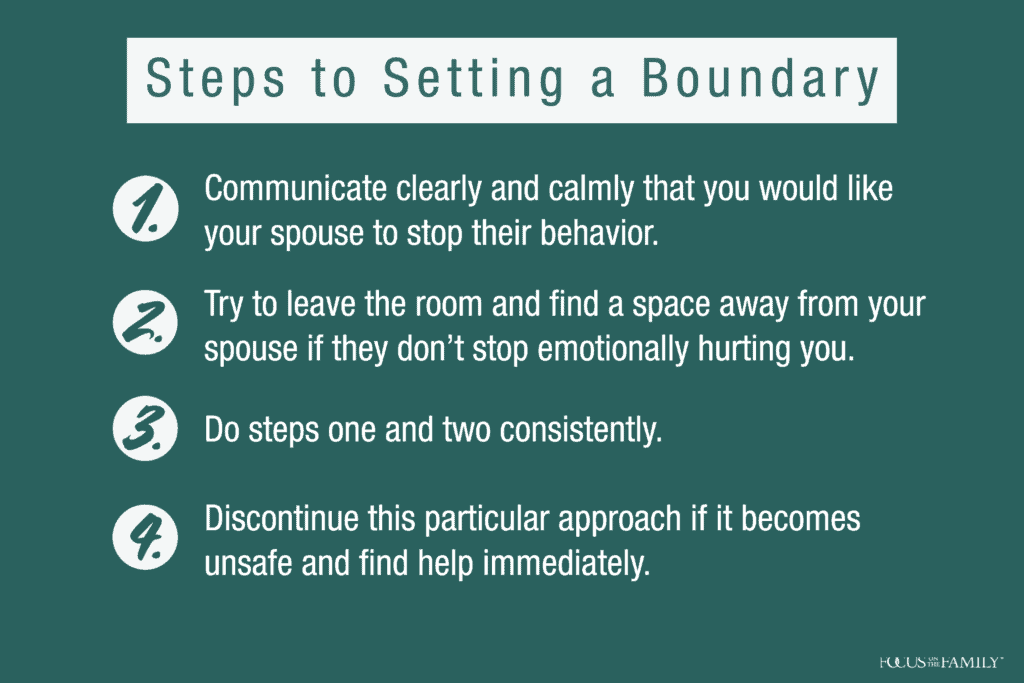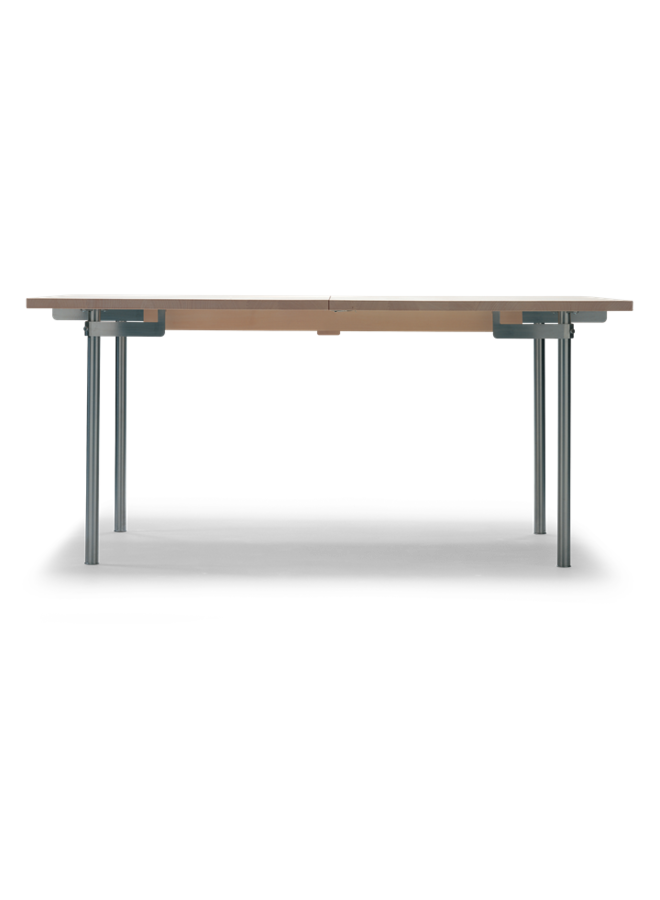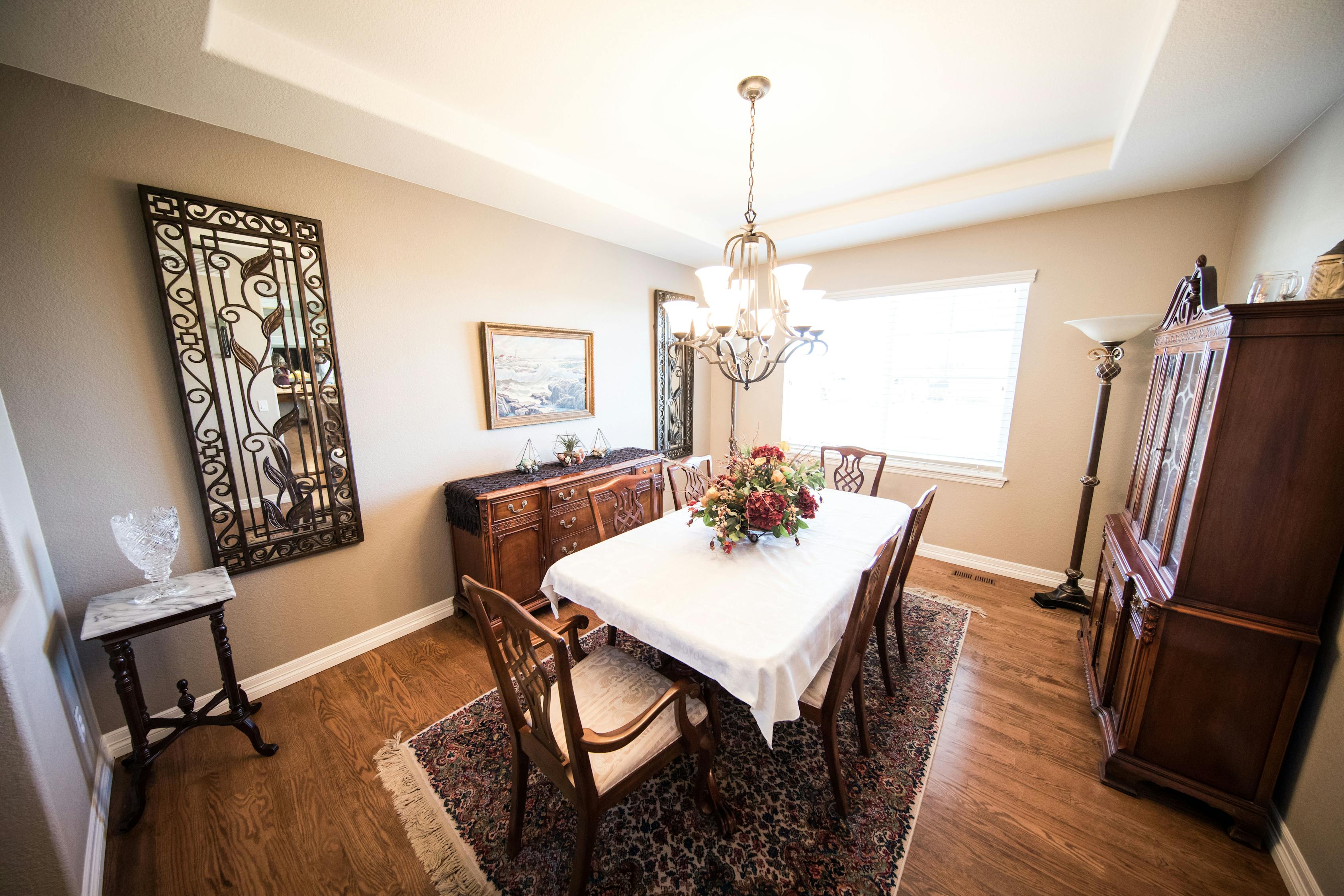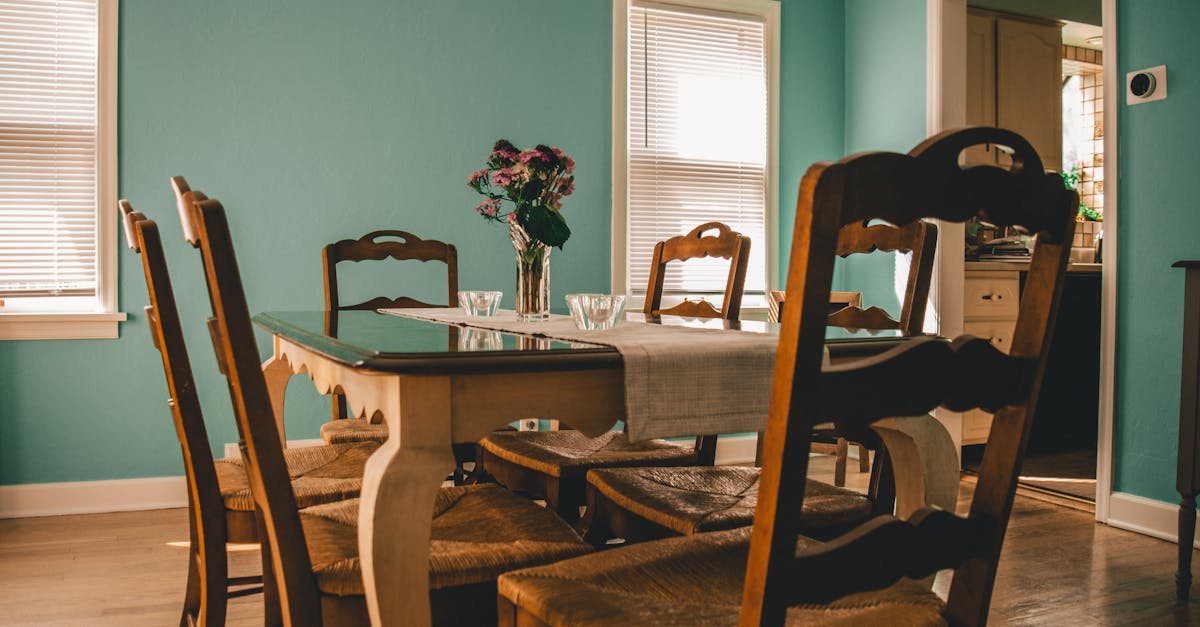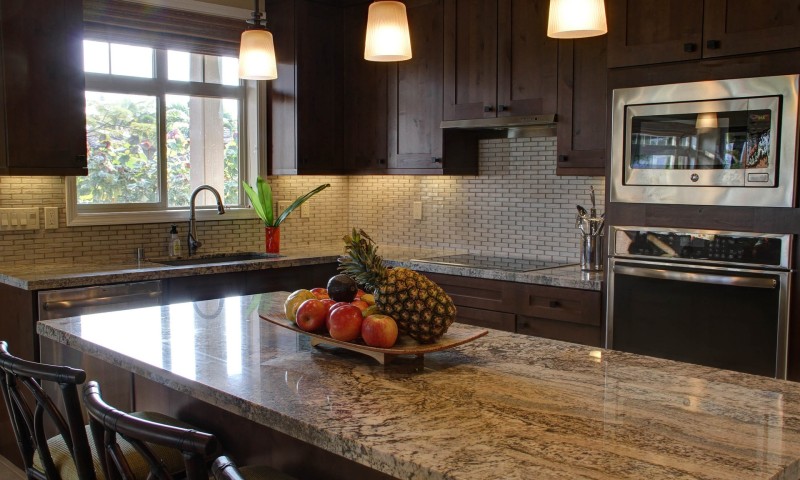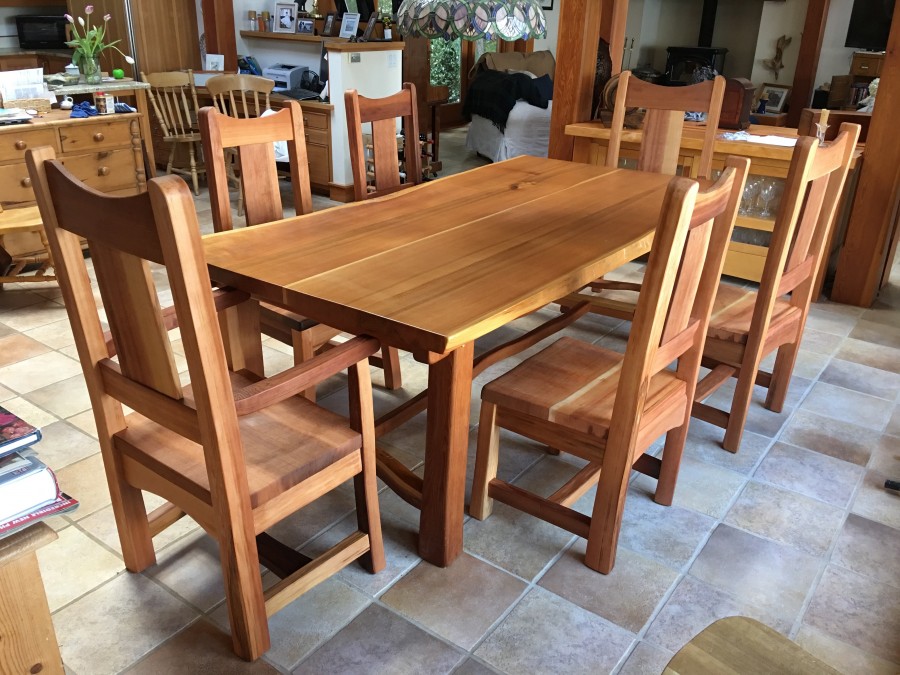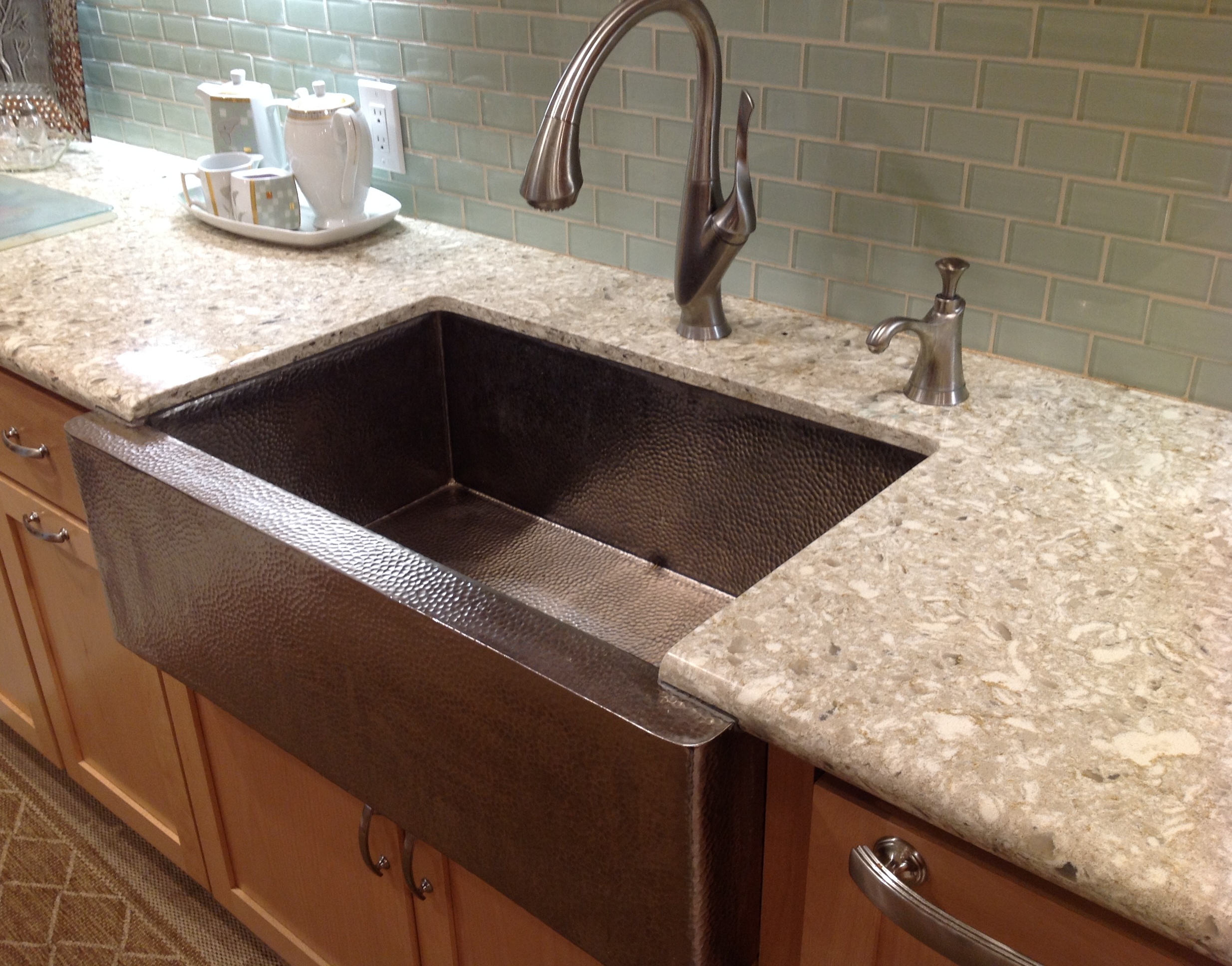Eating in front of the TV or on the couch has become a common practice for many people. It's convenient, comfortable, and allows us to multi-task while we eat. However, this habit can have negative effects on our health and well-being. If you're guilty of eating in your living room, it's time to break the habit and create a healthier lifestyle. Here are some tips to help you stop eating in your living room.Stop Eating In Your Living Room: Tips for a Healthier Lifestyle
The first step to breaking any habit is to be aware of it. Take a moment to think about why you eat in your living room. Is it because you're too lazy to go to the dining table? Is it because you want to watch TV while you eat? Once you identify the reason, you can start working towards breaking the habit. One effective way to break the habit is to create a rule for yourself. For example, you can set a rule that you will only eat at the dining table. This will help you to be more mindful of where you eat and prevent you from automatically heading to the living room with your food.How to Break the Habit of Eating in Your Living Room
Eating in your living room may seem harmless, but it can have negative effects on your health. When you eat in front of the TV or on the couch, you're more likely to overeat. This is because you're not paying attention to what and how much you're eating. This can lead to weight gain and other health issues such as high blood pressure and diabetes. In addition, eating in your living room can also affect your digestion. When you're relaxed and distracted, your body is not able to properly digest the food you're eating. This can lead to bloating, indigestion, and other digestive problems.The Negative Effects of Eating in Your Living Room
One of the best ways to stop eating in your living room is to create a dedicated eating space in your home. This can be a separate dining room or a small table in your kitchen. Having a designated space for eating will help you to be more mindful and focused on your food. It will also create a clear boundary between eating and other activities in your home. Make your dining space inviting and comfortable. Use your favorite tablecloth, light a scented candle, or play some soft music while you eat. This will help you to enjoy your meals and make the dining experience more special.Creating a Dedicated Eating Space in Your Home
In addition to the negative effects on your health, there are other reasons why you should stop eating in your living room. When you eat in front of the TV, you're not fully present in the moment. This means you're not fully enjoying your food and the experience of eating. Eating should be a mindful and enjoyable activity, not just something you do while watching your favorite show. Moreover, eating in your living room can also affect your relationships. When you eat with your family or friends, it's important to have a designated space where you can all sit together and engage in conversation. This will help to strengthen your relationships and create a sense of togetherness.Why You Should Stop Eating in Your Living Room
If you're used to eating in your living room because it's convenient, there are healthy alternatives that you can try. For example, you can prepare your meals in advance and keep them in the fridge. This way, you can easily grab a healthy and balanced meal without having to sit in front of the TV. You can also try having a picnic in your backyard or at a nearby park. This will not only get you out of the habit of eating in your living room, but it will also allow you to enjoy nature and some fresh air while you eat.Healthy Alternatives to Eating in Your Living Room
Breaking a habit takes time and effort. It's important to set boundaries and stick to them to successfully stop eating in your living room. This means not bringing any food into your living room and always eating at the designated dining space. It may be challenging at first, but with consistency and determination, you can break the habit and create a healthier lifestyle. You can also involve your family or roommates in this journey. Let them know about your goal to stop eating in the living room and ask for their support. Having a support system can make the process easier and more enjoyable.Setting Boundaries: How to Stop Eating in Your Living Room
Eating at the dining table has many benefits for your health and well-being. Firstly, it allows you to be more mindful of what and how much you're eating. You can focus on your food and enjoy the flavors and textures without any distractions. In addition, eating at the dining table promotes better digestion. When you sit upright and are fully present while you eat, your body is better able to digest the food. This can prevent bloating and other digestive issues. Moreover, eating at the dining table also promotes better posture and can prevent neck and back pain that can result from slouching on the couch while eating.The Benefits of Eating at the Dining Table
It's easy to get into the habit of eating in front of the TV, but it takes effort to break the cycle. One way to do this is to find other activities to do while you eat. This can be reading a book, listening to music, or even having a conversation with someone. Another helpful tip is to remove any distractions while you eat. Turn off the TV, put your phone away, and focus solely on your meal. This will help you to be more mindful and present while you eat.Breaking the Cycle: How to Stop Eating in Front of the TV
If you still prefer to eat in your living room, you can create a mindful eating environment to promote healthier eating habits. This can include removing any distractions, such as the TV, and setting a positive intention for your meal. For example, you can think about how the food will nourish your body and bring you joy. You can also practice gratitude before and after your meal. This will help you to appreciate your food and the effort that went into preparing it. It will also help you to slow down and enjoy your meal without rushing. In conclusion, it's important to stop eating in your living room and create a dedicated eating space in your home. This will not only have positive effects on your health, but it will also promote better relationships and a more mindful approach to eating. With these tips, you can break the habit and create a healthier and happier lifestyle for yourself. Creating a Mindful Eating Environment in Your Living Room
Why You Should Stop Eating In Your Living Room

A Cluttered Living Room
 We've all been guilty of it – eating in our living rooms, that is. After a long day at work, it's tempting to just plop down on the couch and enjoy a meal while watching our favorite TV show. But have you ever stopped to think about the impact this habit may have on your living room and overall house design?
Clutter
is a common issue in many households, and the living room tends to be one of the main culprits. When we eat in this space, it's easy to leave behind crumbs, spills, and dirty dishes. This not only creates a messy and uninviting atmosphere, but it also attracts pests like ants and cockroaches. And let's face it – no one wants to relax in a living room that is infested with bugs.
We've all been guilty of it – eating in our living rooms, that is. After a long day at work, it's tempting to just plop down on the couch and enjoy a meal while watching our favorite TV show. But have you ever stopped to think about the impact this habit may have on your living room and overall house design?
Clutter
is a common issue in many households, and the living room tends to be one of the main culprits. When we eat in this space, it's easy to leave behind crumbs, spills, and dirty dishes. This not only creates a messy and uninviting atmosphere, but it also attracts pests like ants and cockroaches. And let's face it – no one wants to relax in a living room that is infested with bugs.
Damage to Furniture
 Eating in the living room also puts your
furniture
at risk. Spills and stains from food and drinks can damage your couch, chairs, and even your carpet. These stains are not only unsightly but can also be difficult and expensive to remove. Additionally, crumbs and food particles can get stuck in between cushions, leading to a buildup of dirt and potential for mold growth. This not only affects the appearance of your furniture but can also create unpleasant odors.
Eating in the living room also puts your
furniture
at risk. Spills and stains from food and drinks can damage your couch, chairs, and even your carpet. These stains are not only unsightly but can also be difficult and expensive to remove. Additionally, crumbs and food particles can get stuck in between cushions, leading to a buildup of dirt and potential for mold growth. This not only affects the appearance of your furniture but can also create unpleasant odors.
Distraction from Design
 Your living room is often the first room guests see when they enter your home, and it sets the tone for the rest of your house. However, when we eat in this space, our focus shifts from the
design
to the food we are consuming. This can be a hindrance if you've put time and effort into creating a beautiful and inviting living room. The clutter and potential damage caused by eating in this space can take away from the overall aesthetic and ruin the atmosphere you've worked hard to create.
Your living room is often the first room guests see when they enter your home, and it sets the tone for the rest of your house. However, when we eat in this space, our focus shifts from the
design
to the food we are consuming. This can be a hindrance if you've put time and effort into creating a beautiful and inviting living room. The clutter and potential damage caused by eating in this space can take away from the overall aesthetic and ruin the atmosphere you've worked hard to create.
Make a Change for the Better
 In conclusion, it's clear that eating in your living room can have negative effects on your house design. Not to mention, it can also lead to unhealthy habits and mindless eating. So why not make a change for the better? Instead of eating in your living room, make an effort to use your dining area or kitchen table for meals. This will not only keep your living room clean and clutter-free but also allow you to fully appreciate the design and ambiance of this important space in your home.
In conclusion, it's clear that eating in your living room can have negative effects on your house design. Not to mention, it can also lead to unhealthy habits and mindless eating. So why not make a change for the better? Instead of eating in your living room, make an effort to use your dining area or kitchen table for meals. This will not only keep your living room clean and clutter-free but also allow you to fully appreciate the design and ambiance of this important space in your home.
